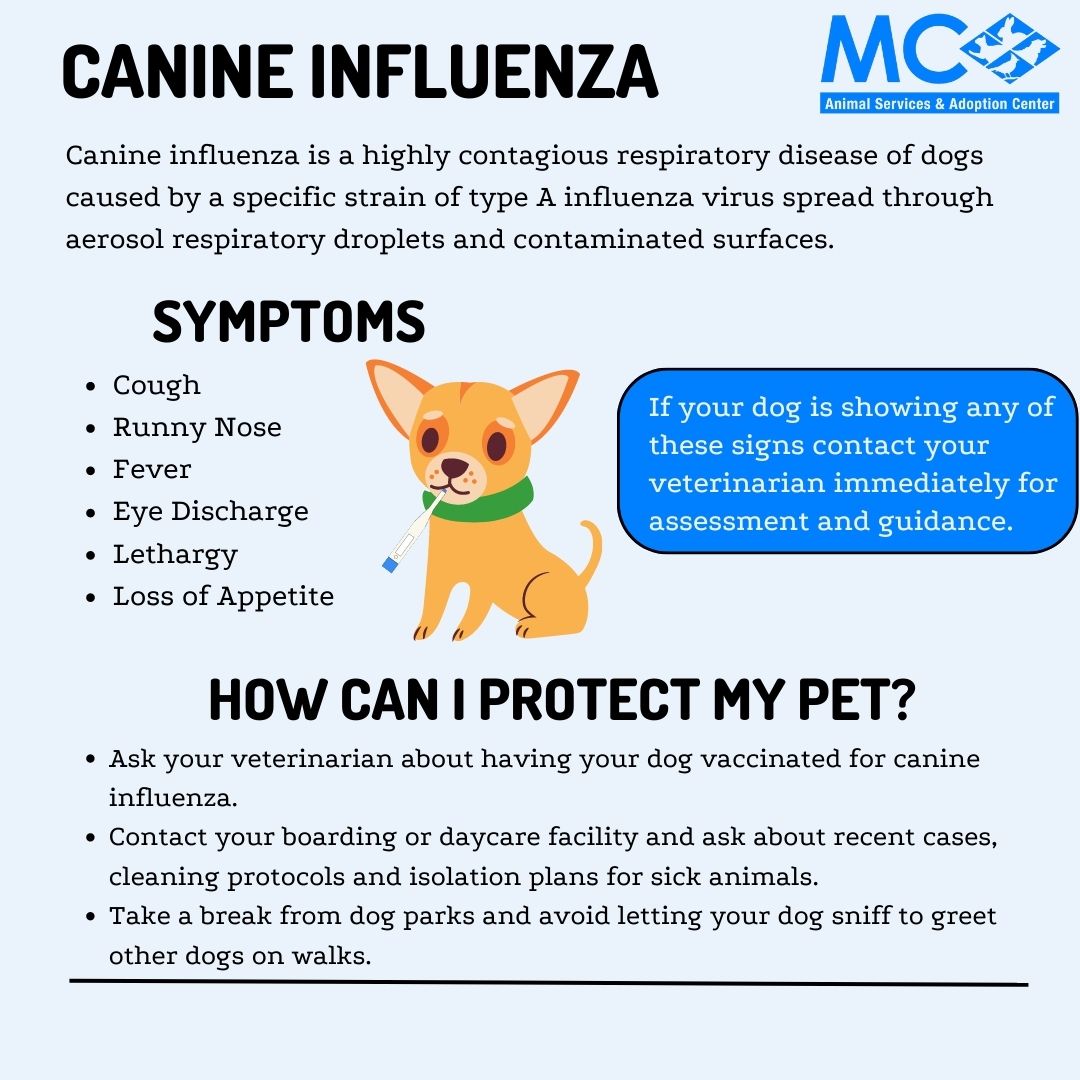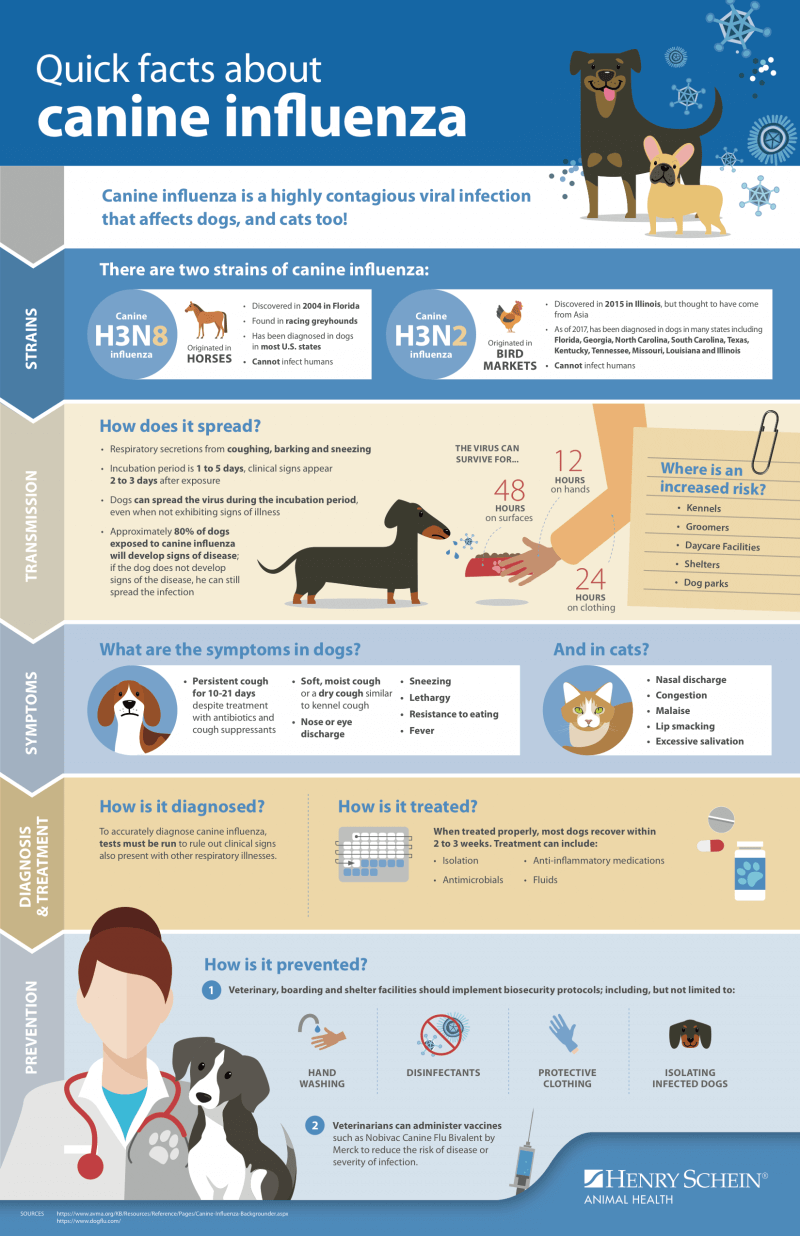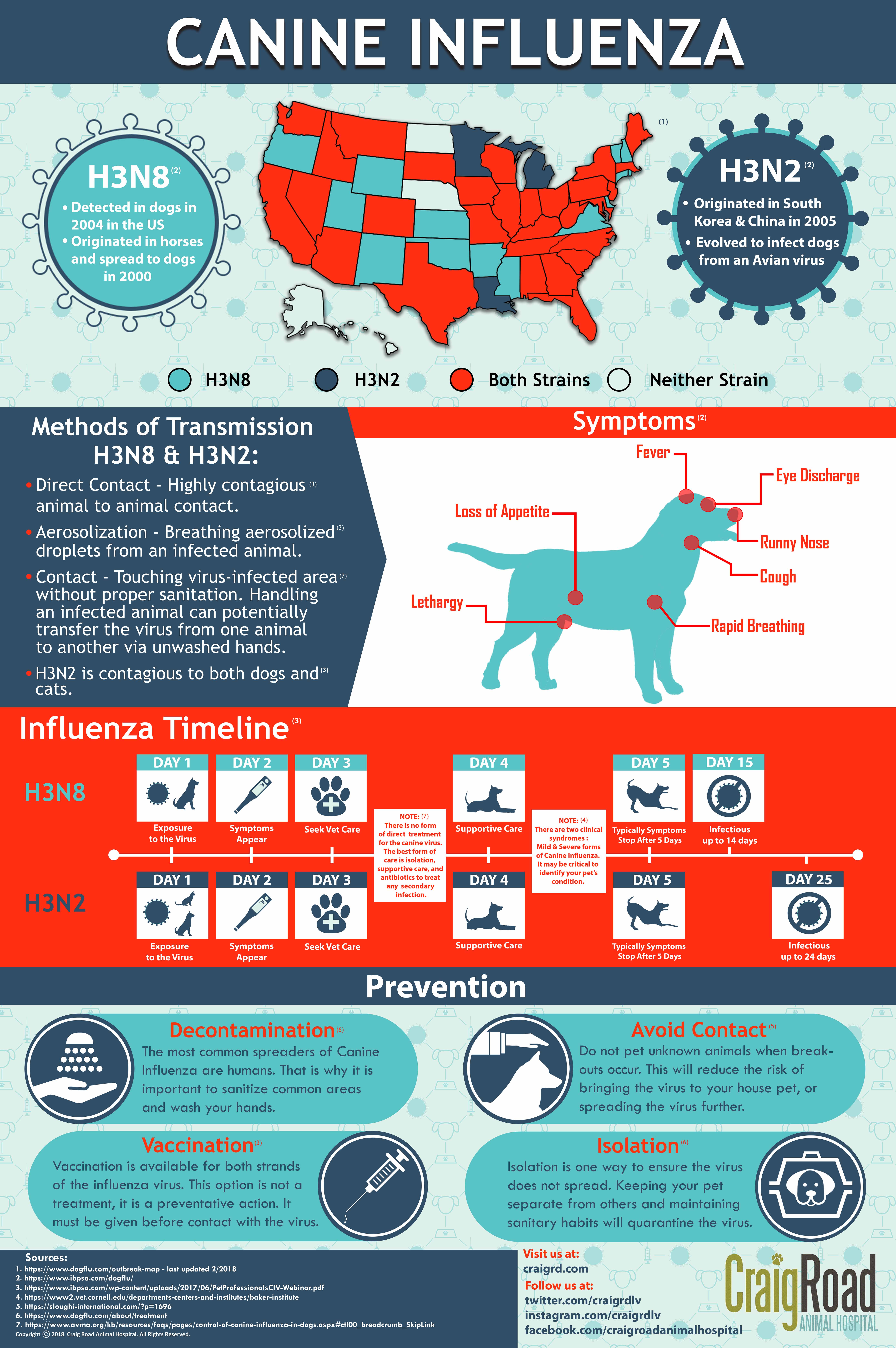Canine Influenza vs. Parainfluenza: A Veterinarian’s Urgent Warning
The health of your furry friend is paramount. As responsible pet owners, we constantly strive to protect them from potential illnesses. Two respiratory viruses frequently circulating among dogs, canine influenza (CIV) and canine parainfluenza (CPI), pose significant threats. This article, written with a veterinarian’s perspective, will delve into these two illnesses, highlighting their differences, symptoms, prevention strategies, and the crucial need for prompt veterinary attention. Understanding these diseases is the first step in safeguarding your canine companion.
Understanding Canine Influenza (CIV)
Canine influenza, commonly known as “dog flu,” is a highly contagious respiratory infection caused by the influenza A virus. While several strains exist, the two most prevalent are H3N8 and H3N2. Unlike human influenza, dogs can contract these specific strains without transmitting them to humans.
- Contagious Nature: CIV spreads rapidly through respiratory droplets produced by coughing, sneezing, and barking. This makes it highly transmissible in environments where dogs congregate, such as kennels, dog parks, and grooming facilities.
- Severity: The severity of CIV can range from mild to severe. While most dogs recover, some can develop severe pneumonia, potentially leading to hospitalization and, in rare cases, death.
- Vaccination: Vaccination is available to protect against both H3N8 and H3N2 strains. Vaccination is recommended for dogs at higher risk of exposure.
Recognizing the Symptoms of Canine Influenza
Identifying CIV early is crucial for effective treatment and preventing further spread. Watch out for these common signs:
- Coughing: A persistent, dry cough, often described as a “kennel cough.”
- Sneezing: Frequent sneezing.
- Nasal Discharge: Clear, yellow, or green nasal discharge.
- Fever: Elevated body temperature.
- Lethargy: Reduced energy and activity levels.
- Loss of Appetite: Refusal to eat.
- Eye Discharge: Watery or thick discharge from the eyes.
If your dog exhibits any of these symptoms, contact your veterinarian immediately.
Understanding Canine Parainfluenza (CPI)
Canine parainfluenza is another highly contagious respiratory virus that often contributes to the development of “kennel cough.” While less severe than CIV in many cases, CPI can weaken a dog’s immune system, making them more susceptible to secondary bacterial infections.
- Transmission: Similar to CIV, CPI spreads through respiratory droplets.
- Severity: CPI typically causes milder symptoms than CIV. However, it can contribute to the development of more severe respiratory infections, especially in puppies, senior dogs, and those with compromised immune systems.
- Vaccination: CPI is often included in the core canine vaccines, providing protection against the virus.
Recognizing the Symptoms of Canine Parainfluenza
The symptoms of CPI often overlap with those of CIV, making it challenging to differentiate without veterinary testing. Common signs include:
- Coughing: A dry, hacking cough is the most prominent symptom.
- Sneezing: Frequent sneezing.
- Runny Nose: Clear nasal discharge.
- Mild Fever: A slight elevation in body temperature.
- Watery Eyes: Discharge from the eyes.
Canine Influenza vs. Parainfluenza: Key Differences
While both are respiratory viruses, they have distinct characteristics:
- Severity: CIV can be more severe, potentially leading to pneumonia and death. CPI typically causes milder symptoms.
- Cause: CIV is caused by the influenza A virus, while CPI is caused by the parainfluenza virus.
- Vaccination: Vaccines are available for both CIV and CPI, but the CIV vaccine is specifically targeted to the influenza strains. CPI is often included in the core canine vaccines.
Prevention and Management: A Veterinarian’s Perspective
Preventing the spread of both CIV and CPI is crucial:
- Vaccination: Vaccinate your dog against both CIV and CPI, following your veterinarian’s recommendations.
- Avoidance: Limit your dog’s exposure to high-risk environments, especially during outbreaks.
- Hygiene: Practice good hygiene by washing your hands after interacting with other dogs and cleaning shared items like bowls and toys.
- Isolation: If your dog shows symptoms, isolate them from other dogs to prevent transmission.
- Veterinary Care: Seek immediate veterinary attention if you suspect your dog has either CIV or CPI.
The Urgency of Veterinary Care
Prompt veterinary care is essential for several reasons:
- Diagnosis: A veterinarian can accurately diagnose the illness through a physical examination, and potentially through diagnostic tests like nasal swabs or blood tests.
- Treatment: Treatment involves supportive care, such as rest, hydration, and medication to manage symptoms and prevent secondary infections.
- Monitoring: Your veterinarian can monitor your dog’s condition and adjust treatment as needed.
- Preventing Spread: Prompt diagnosis and isolation can help prevent the spread of the virus to other dogs.
Frequently Asked Questions (FAQs)
1. Can my dog get both canine influenza and canine parainfluenza at the same time?
Yes, it’s possible for a dog to contract both viruses simultaneously, increasing the severity of the illness.
2. How long is canine influenza or parainfluenza contagious?
Dogs can be contagious for several days to weeks, even after their symptoms subside. The exact duration depends on the individual dog and the specific virus. Your vet will advise on isolation periods.
3. Is canine influenza contagious to humans?
No, canine influenza viruses do not typically infect humans.
4. What is the treatment for canine influenza and parainfluenza?
Treatment is primarily supportive, focusing on managing symptoms. Antibiotics may be prescribed if a secondary bacterial infection develops.
5. How can I protect my dog at a dog park or boarding facility?
Vaccination is the best defense. Also, inquire about the facility’s vaccination policies and monitor your dog for any signs of illness after exposure.
Conclusion: Protecting Your Canine Companion
Canine influenza and parainfluenza are serious respiratory illnesses that pose a threat to your dog’s health. Understanding the differences, recognizing the symptoms, and taking preventative measures, including vaccination, are crucial steps in protecting your pet. Remember, prompt veterinary attention is vital for accurate diagnosis, effective treatment, and preventing the spread of these contagious viruses. By being proactive and informed, you can help ensure your furry friend enjoys a long and healthy life. Always consult with your veterinarian for personalized advice and care for your beloved dog.




